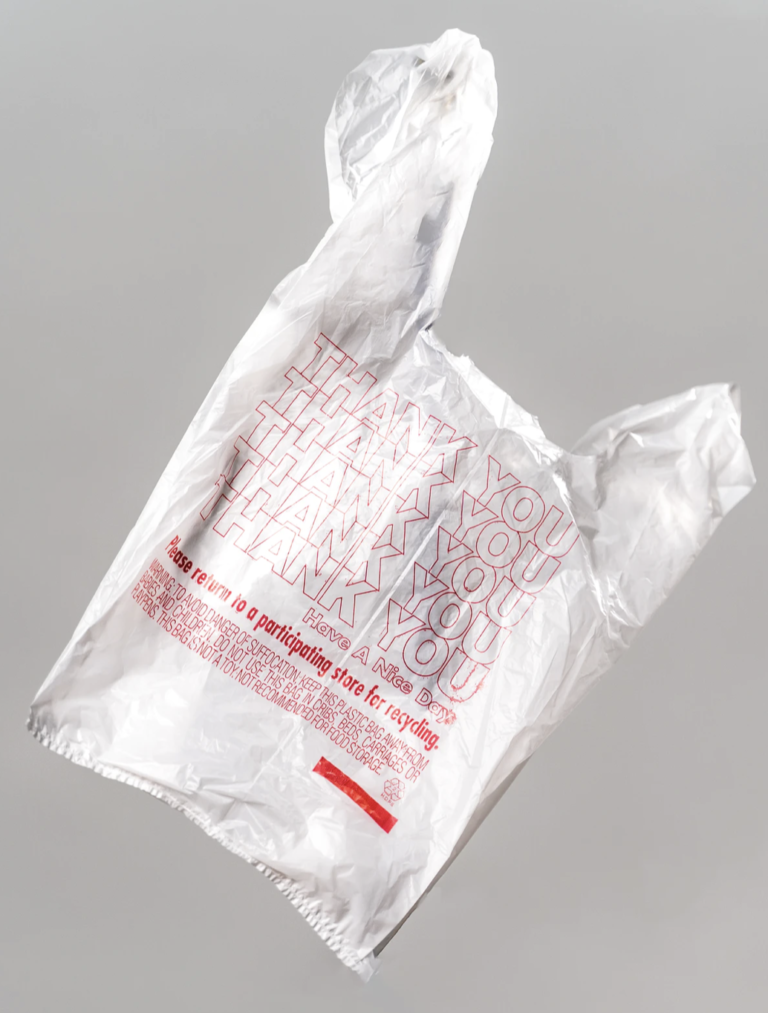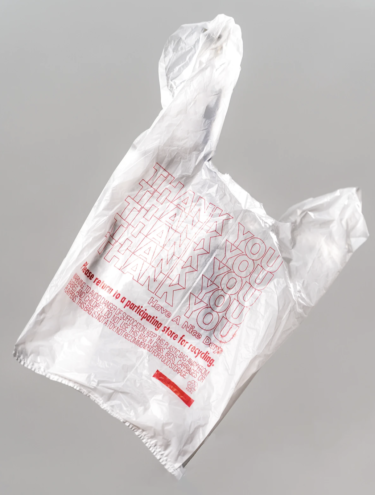はじめに
今日は社会的な課題であるプラスチックゴミ問題について考えてみた。以前、マイクロプラスチックの問題については、「マイクロプラスチックの解決策は光分解性プラスチックか?18歳の少年か?」として投稿したが、今回はTED-Edの動画を見ながら、レジ袋とマイバッグの比較などを皮切りに様々な観点から分析してみたい。
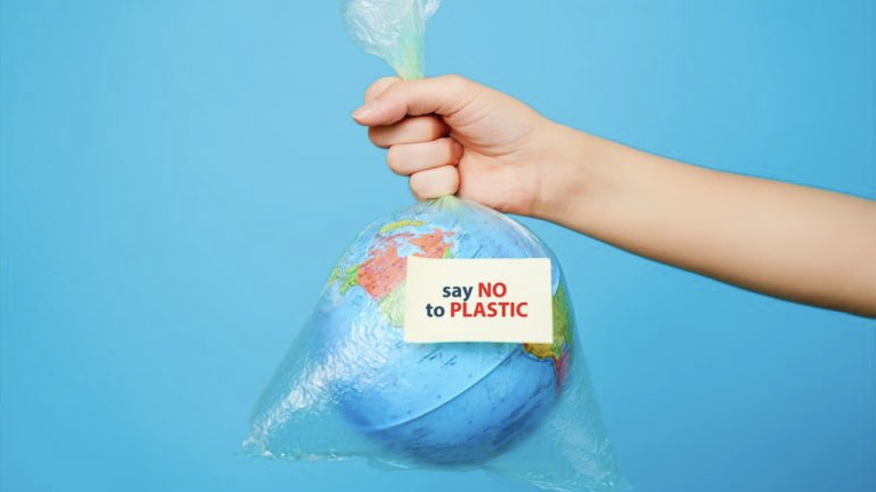
(出典:good do)
TED-Edの視聴
今回、視聴した動画はレジ袋で使われていたポリエチレンの袋を廃止して、プラスチックの袋にしたり、マイバッグにして少しでもプラスチックゴミを削減しようという活動が全世界的に広がっているが、これは本当に理にかなっているのだろうか?という疑問を検証するものだ。動画の結論として、例えば綿のトートバッグはポリエチレンのレジ袋よりも131倍温室効果ガスを排出するので131回以上使うならエコかもしれないという結果だ。また、CO2の排出と再利用回数に加えて、分解性も重要だ。コットンのバッグのように再利用できて、レジ袋のようにCO2の排出が少なく、紙袋のように分解性の高いバッグが理想という。そんなものが本当にできるのだろうか。
(出典:YouTube)
プラスチックゴミ問題
まず、プラスチックゴミ問題を考えてみたい。
レジ袋とマイバッグ
CO2の排出量で言えば、レジ袋1枚で15.4gに対して、マイバッグ1枚で781gだ。実に50倍だ。TED-Edでは131倍だったが、この調査では50倍だ。多分、調査の前提が異なるのだろう。このデータに基づくならトートバッグを50回以上繰り返し使うようならCO2の排出量の削減には寄与できると言えるのだろう。
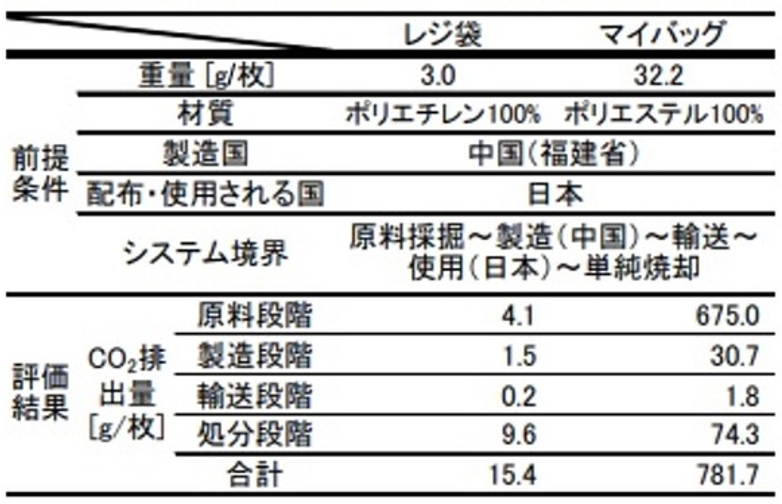
(出典:ビジネスインサイダー)
ライフサイクルアセスメント(LCA)
Infographicsによると、デンマークの環境食品省環境保護機関が実施した「買い物袋のライフサイクルアセスメント」という2018年のレポートにおいて、レジ袋、紙袋、布袋など様々な素材の買い物袋による環境負荷への影響をまとめて報告した。その結果によると、スーパー等でもらうレジ袋を1回再利用することで得られる環境負荷の軽減量と同等の効果を得るには、ポリエステルで35回、バイオポリメールバッグで42回、紙バッグで43回、そして、オーガニックなコットンバッグだと2万回の再利用が必要だった。丈夫なコットンでも流石に2万回の利用は厳しいだろう。天然素材だから環境に優しいというのは、幻想的なイメージにすぎないのだろうか。
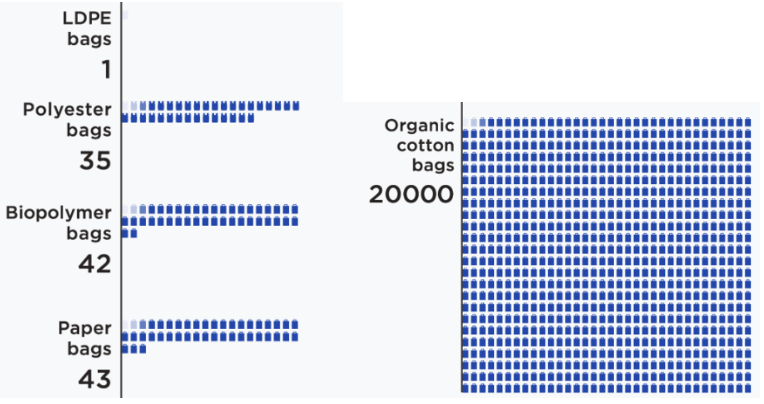
(出典:cyql)
世界のプラスチックゴミの輸出量と輸入量
プラスチックのゴミが問題となるのは、なぜだろう。排出量で多いのは香港、アメリカ、日本、ドイツ、イギリスなどだ。一方、プラスチックゴミの輸入量が多いのは中国、香港だ。日本のプラスチックゴミやペットボトルは、綺麗に分別され、場合によっては綺麗に清掃して中国に輸出される。慶應義塾大学の大久保敏弘教授らのチームによるとプラスチックゴミだけで年間500億円分以上が輸出されている。しかし、中国でも輸入したゴミは処理しきれずに、開発途上国に投棄される。適切に処理されないゴミが海上に流れるとしたら、その責任を流した国のみに押し付けるのも一方的な気がする。特に2016年の調査では世界全体のプラごみの56%相当の730万トンが持ち込まれていたという。自国で発生したゴミは自国で適切に処理することが求められている。

(出典:news week Japan)
深海に沈殿するごみ
プラスチックゴミは海上に漂流しているイメージがあるが、その多くは新海底に沈む。軽量のポリエチレンでさえ、海の生き物や生き物が出す粘液が付着して、重くなって沈む。特に海流の影響で沈殿さえる場所があるようだ。水深5700〜5800メートルの深海を調査すると想像を超える大量のゴミが見つかったという。

(出典:Yahoo News)
プラスチックのサイズ別密度分布
プラスチックゴミは様々な影響で小さく分解される。しかし、プラスチックゴミのサイズ別の密度分布を調べると、直径1mm程度のゴミが最も大きく、破片のサイズが大きくなるほど個数は減少する。これは理解しやすいが、問題は、1mmを下回るサイズの人工的なプラスチックゴミの発見数が想定と異なって少ないことだ。これは業界では、missing Fractionと呼ばれていて、まだ事実確認を含めて、原因の調査や研究が進められている。

(出典:press)
期待がかかるバイオマスプラスチック
あまり課題な期待をかけるべきではないという論調も多いが、環境が整えば自然に分解するというバイオマスプラスチックが開発・研究されている。特にバイオマス由来で生分解性の高い生分解性バイオマスプラスチックに期待が寄せられている。生分解性プラスチックとは、「微生物によって自然界で分解され、CO₂と水になる」という性質があるプラスチックを指す。ただし、これらを使っても分解には時間がかかる点は理解しておく必要がある。
(出典:mri)
まとめ
今回は、TED-Edの動画を見ながら気になった点をネットで調べて、裏どりしながらまとめてみた。CO2の排出量やライフサイクルアセスメントなど調査期間や調査手法により多少は異なるが、傾向はほぼ同様だ。CO2の排出量を下がながら繰り返し再利用が可能で、かつ廃棄したら容易に分解するような素材の開発や、利用の仕方が求めらる。最後にTED-Edの英語のスクリプトを巻末に参考に添付しておく。なお、これは動画の英語の字幕を参考に記述したものだ。参考になれば幸いだ。
以上
最後まで読んで頂きありがとうございます。
拝
参考:TED-Edの英文スクリプト
Waste is not waste until we waste it.
You have filled up your cart and made it to the front of the grocery line when you are confronted with yet another choice: what kind of bag should you use? If you have seen the images of plastic bags strewn across the ocean, it might seem obvious that plastic is bad for the environment. Surely a paper bag or a cotton tote would be the better option.
But is that really true?
Each of these three materials has a unique environmental impact that is determined by its carbon footprint, its potential to be reused and recycled, and its degradability. So, to get the full story on these grocery bags we need to look at how they are made, how they are used, and where they ultimately go.
Let us start with plastic. The typical thin and flimsy plastic bag is made of high-density polyethylene, commonly known as HDPE. Producing these materials requires extracting petroleum from the ground and applying extreme heat. The resulting polymer resin is then transported alongside additional ingredients like titanium oxide and chalk to a gag manufacturing plant. Here, coal-powered machines melt the materials down. And spin them into sheets of plastic, which are then folded into bags. By the time a bag reaches its final destination, it is contributed an estimated 1.6kg of carbon dioxide to the atmosphere. That is the same amount of carbon a car produces, driving a little over 6 kilometers. But the alternatives actually possess a much larger carbon footprint.
Paper is made from wood pulp, and when you account for the carbon cost of removing trees from their ecosystems, a single paper bag can be responsible for about 5.5 kg of carbon dioxide.
Meanwhile, growing cotton is an extremely energy and water-intensive process. The production of a single cotton tote emits an estimated 272 kg of carbon dioxide.
When we compare carbon footprints, plastic bags are the clear winner. But the environmental impact is also determined by how the bag is used. Reusing or recycling these bags significantly offsets their environmental toll by reducing demand for new production. To quantify that offset, we can divide the bag`s carbon footprint by the number of times it is reused. For example, if a typical paper bag is reused three times, it has a lower net impact than a single-use plastic bag.
The carbon footprint of a cotton tote can similarly be lowered, if it is reused 131 times. Of these three options, durable cloth totes are most likely to be reused. Evidence shows paper bags are quickly discarded due to their tendency to tear. This issue plagues HDPE plastic bags as well. But even when they are made to avoid tearing, their widespread availability makes it easy to treat them as single-use items.
Fortunately, researchers estimate that 40% of HDPE bags are reused at least once for throwing out waste. Recycling these bags also offsets their carbon footprint, but it is not universally possible for each material. Many counties lack the infrastructure to efficiently recycle plastic bags. Cotton totes are perhaps even more difficult to break down and process, but since they are often reused for long periods, they are still least likely to end up in landfills. Whenever these bags are not recycled, the third factor in calculating environmental impact comes into play: degradability.
Since HDPE bags are heat-resistant and insoluble, they stick around long after we are done with them. Partially broken down plastic can circulate in ecosystems for centuries. Cotton on the other hand degrades substantially in a matter of months, and paper bags break down completely in just 90 days.
So, which bag should you use?
It turns out the most environmentally friendly bags have the features of several materials we have discussed. They are durable and reusable, like cotton, but made of plastic, which has a lower carbon footprint than cotton or paper. These sturdy shopping bags consist of polyester, vinyl, and other tough plastics, and are already used worldwide. More importantly, they should last a lifetime – making them the best option for the planet, and your groceries.

